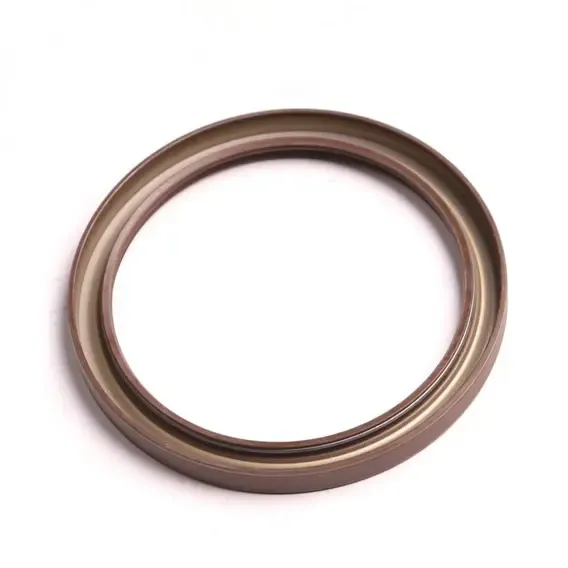10 月 . 21, 2024 14:08 Back to list
oil seal standard
Understanding Oil Seal Standards Ensuring Reliability and Performance
Oil seals, also known as grease seals or oil imperial seals, play a crucial role in the operation of various machinery and automotive applications. They are designed to prevent the leakage of lubricants while keeping contaminants such as dirt and water from entering critical components. Given their significant function, adhering to oil seal standards became essential to ensure performance, reliability, and safety across various industries.
Oil seal standards are established guidelines and specifications that govern the design, material selection, manufacture, and testing of oil seals. These standards help manufacturers create products that meet the necessary requirements for specific applications, ensuring that oil seals perform reliably under different operating conditions.
One of the primary bodies responsible for defining oil seal standards is the International Organization for Standardization (ISO). ISO standards, such as ISO 9001, focus on quality management systems that ensure consistent product quality, while specific standards for oil seals may detail dimensions, materials, and performance criteria. These standards encompass various factors, including temperature resistance, pressure tolerance, and chemical compatibility.
In addition to ISO, other organizations, such as the American National Standards Institute (ANSI) and the Society of Automotive Engineers (SAE), contribute to the development and dissemination of oil seal standards. These organizations conduct thorough research and testing to establish benchmarks that manufacturers should meet. Implementing these standards assures users that the oil seals will perform effectively in real-world applications.
oil seal standard

The materials used in manufacturing oil seals are critical to their performance. Common materials include rubber compounds, thermoplastics, and metal. Each material has unique properties that make it suitable for specific applications. For instance, Viton® rubber is known for its high-temperature resistance, making it ideal for applications in the automotive industry, while nitrile rubber is commonly used for standard oil-sealing applications due to its overall durability and oil resistance.
Testing is another crucial aspect of oil seal standards. Manufacturers must subject their products to rigorous testing to validate their performance claims. Various tests, such as static and dynamic sealing tests, are conducted to assess how well an oil seal can retain lubricants under different pressures and temperatures. These tests also simulate real-world operating conditions to ensure reliability.
Compliance with oil seal standards not only promotes better product quality but also enhances customer confidence. When customers know that the products they use adhere to recognized standards, they are more likely to trust in the performance and longevity of those products. This trust can lead to a strong brand reputation and customer loyalty in a competitive market.
Moreover, standardization helps reduce production costs and simplify supply chains. Manufacturers can operate with greater efficiency when they follow established standards, as they can source materials, components, and equipment that are compatible with specific oil seal designs.
In conclusion, oil seal standards are vital for ensuring the reliability and performance of these essential components in various applications. By adhering to established standards, manufacturers can guarantee product quality, enhance customer trust, and support the efficient operation of machinery and vehicles. As industries continue to evolve, the importance of oil seal standards will remain paramount in delivering safe, reliable, and effective sealing solutions.